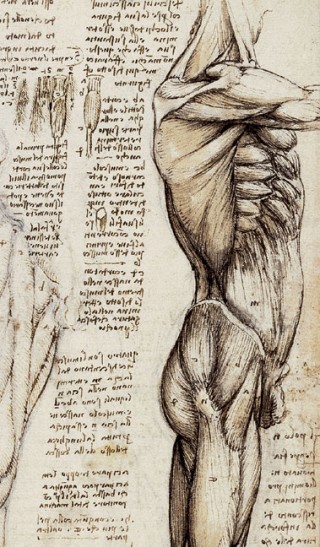Dreaming On Call
August 12, 2010 Leave a comment
I walk into the hospital today. It is just like any other day in the intensive care unit. Monitors beeping, nurses buzzing, patients and their families trying to make it through the day. I follow patients from the last year whom I have cared for on medical floors and intensive care units, for educational purposes and to see how well my care benefited them. But I always dread this investigation – many of them are sick, and as I scroll through their names I hold my breath and hope that they have made it through at least their most recent hospitalization. One name made my heart sink today – a young woman who spent over a month in the intensive care unit. She fought hard. A mother, a wife, a sister, a daughter. When I look at the cold medical term in capital letters beneath her name, expired, a sense of regret rushes over me. I want – instinctively, naïvely – to go back in time and be there at the moment that she declined, to change the past. Impossible, of course. But I wish for it nonetheless.
I stop scrolling as soon as I get to her – I can only take so many hits in a day, so I leave the follow-up on the rest of my patients for another day. I already know that her story will be on my mind during this long call night. When I doze into a shallow sleep, I begin to dream. I dream that dozens of patients in the intensive care unit are stranded on a beach with flat wooden boards as back boards. The water is washing over them, the island is flooding. I am the only physician there. I am trying to save them all as the water level rapidly rises. But it is impossible. I cannot even carry the sickest ones. So I begin to do “reverse triage” – treating the less wounded before the more wounded, in an attempt to use the limited resources I have. This technique is often used when resources are completely overwhelmed, or in cold water drowning and lightning strikes.
I drag an eight-year-old Guatemalan girl who is shouting my name to safety. I search the crowd for more people. And that is when I see her, on a flat wooden board, with water washing over her face. Her hair is disheveled. Her face is turned away from me. The waves are coming. She is pale, barely breathing. I try to move her. She is unable to speak. The board is cumbersome, and the swells are getting larger. My heart races, and I keep trying. But she will not move. No matter what I do, I cannot bring her to safety. I look around for help, but there is nobody. She is dying in my arms as the waves rush in. I try to bring her to safety, but she will not budge. I panic. That is when I wake up, in a cold sweat.
In daylight, and in the face of death, I remain calm, completely composed. I complete my 30-hour call shift smoothly – they are so routine to me now that I barely notice how long I have been in the hospital or how little I have slept. But the dream stays with me – vividly. And in spite of my calm, in spite of all the growing I have done as a physician, I sometimes feel exactly as if I am still in this dream, trying to make possible the impossible, trying to save lives that – no matter how much I do – cannot, will not be saved.

